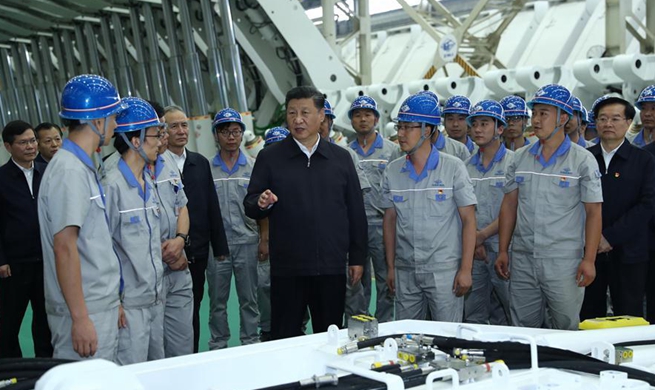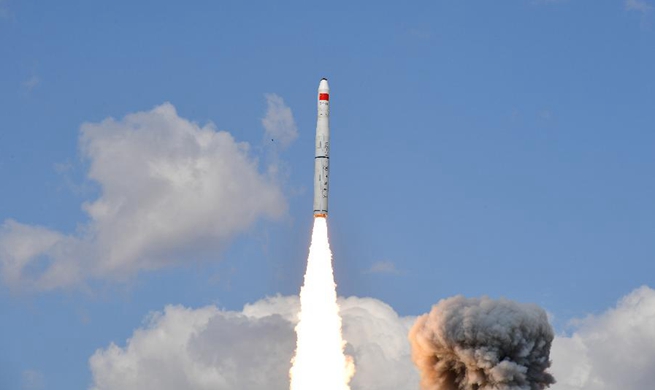JERUSALEM, Sept. 19 (Xinhua) -- Israeli researchers have deciphered the unique "self-healing" process of solar materials halide perovskites, making the development of optoelectronics materials possible, the Weizmann Institute of Science (WIS) reported on Thursday.
Halide perovskites are exceptionally effective at converting solar energy into electricity, but it is unclear how they contain only one structure defect on every trillion atoms, a million times less than regular semiconductors.
Getting close to such a low defect concentration in the semiconductors requires enormous effort and ingenuity, while pure halide perovskites can be produced within a fraction of a second by mixing simple chemical salt solutions at near room temperature.
In their study, published in the journal Materials Horizons, the WIS scientists showed that because these materials are minimally stable, it costs more energy to form them in a messy than in a clean version, as if the material expels the defects while forming.
Based on principles of thermodynamics, the team analyzed data from previous studies and reached a surprising conclusion: whereas in most materials, defects are created easily and removing them requires a great deal of work, just the opposite happens in halide perovskites.
Thus, containing the defects within the material would take more energy than getting rid of them.
As a result of this energetic discrepancy, defects created during the formation of halide perovskites disappear on a continuous self-healing process, allowing a crystalline material to form.
This finding may lead to an unconventional direction in the search for materials with desired properties as a low concentration of defects and self-repair ability.
Such properties make them exceptionally suitable for optoelectronics, extending the lifespan of the materials and their devices, making them more economic and helping achieve sustainable development.

















